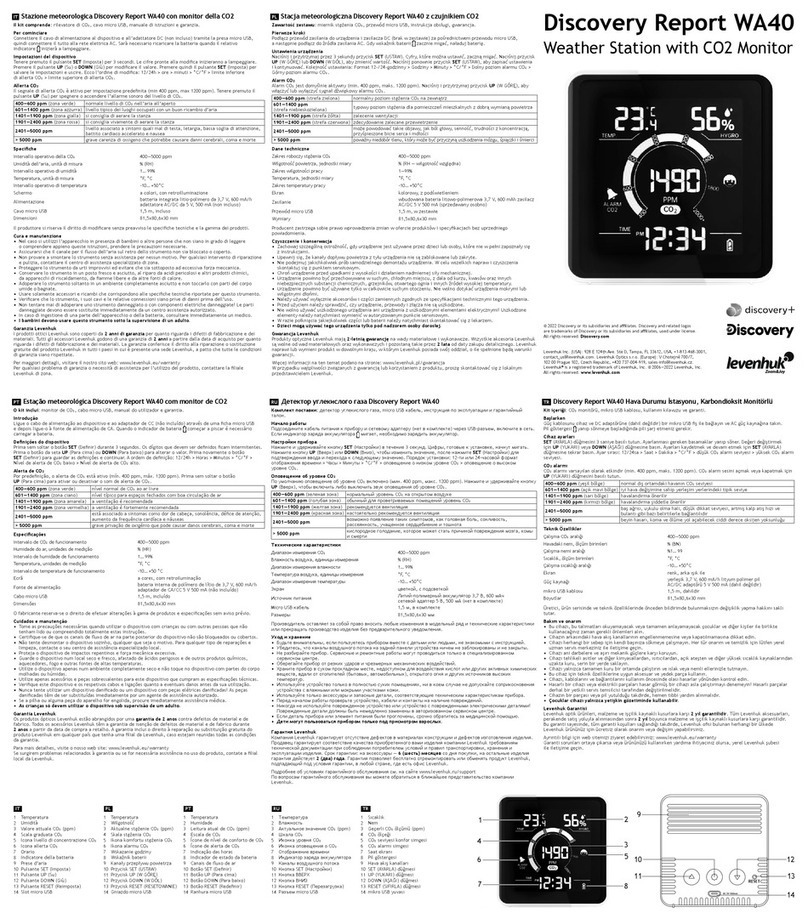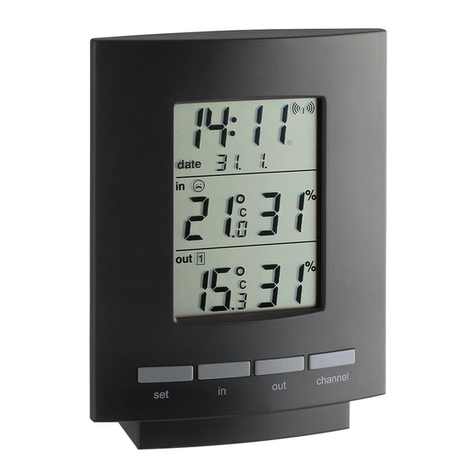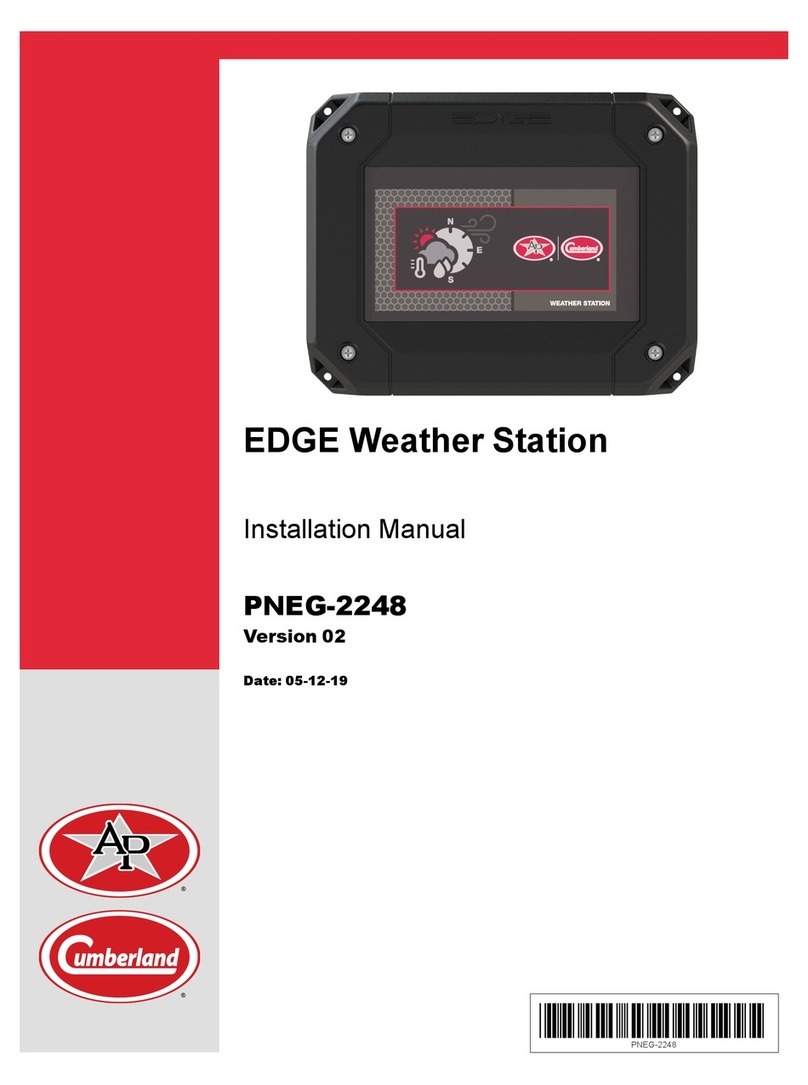
Contents
Chapter 1 Introduction...............................................................................................................................5
Contact Information .....................................................................................................................5
General Safety Precautions and Usage.........................................................................................7
Terms of Use ..............................................................................................................................8
What to Look for When You Receive Your System .......................................................................10
System Overview ......................................................................................................................10
Guidelines on the Ideal Location for Installation ........................................................................... 11
Clearance Around the EDGE Weather Station ............................................................................. 11
Correctly Supporting and Routing Cables....................................................................................12
Grounding Recommendations for the System..............................................................................13
Chapter 2 Basic Connections ..................................................................................................................17
Preparing the Enclosure for Installation ....................................................................................... 17
Mounting the Enclosure .............................................................................................................18
Installing the Weather Station and Rain Sensors..........................................................................19
Power Source Connecting .........................................................................................................24
Connecting the EDGE Weather Station to the Communication Network.........................................25
Connecting the Wires for the Main Weather Sensor (110WX)........................................................27
Connecting the Wires to the Rain Sensor ....................................................................................28
Grounding ................................................................................................................................29
Chapter 3 Maintenance............................................................................................................................31
Inspecting and Cleaning the Enclosure .......................................................................................31
Inspecting and Tightening the Connections .................................................................................31
Guidelines for Inspecting the 110WX Sensor (Weather Station) ....................................................32
Replacing the Humidity Sensor ..................................................................................................33
Inspecting the RG-11 Rain Sensor..............................................................................................34
Chapter 4 Troubleshooting......................................................................................................................37
Appendix A LED Meanings .........................................................................................................................39
Appendix B List of Terminals .....................................................................................................................41
Appendix C Replacement Parts ..................................................................................................................43
Appendix D Technical Specifications .........................................................................................................45
Appendix E Safety Characteristics and Certification ..................................................................................49
Appendix F EC Declaration of Conformity (In Accordance with EN ISO 17050-1 2004) ...............................53
Appendix G FCC Part 15 Statement ............................................................................................................55
Appendix H Innovation, Science and Economic Development Canada Statement......................................57
Appendix I FDA declaration.......................................................................................................................59
Appendix J Reduction of Hazardous Substances ......................................................................................61
Appendix K Disposal and Recycling Information........................................................................................63
Appendix L California Proposition 65.........................................................................................................65
Appendix M China RoHS and EFUP Marking...............................................................................................67
Appendix N Product Material Composition.................................................................................................69
Appendix O Packaging Characteristics ......................................................................................................71
Appendix P Low Voltage Cable Specifications ...........................................................................................73
Appendix Q EDGE Weather Station - Product End-of-Life Disassembly Instructions .................................77
Limited Warranty — N.A. Grain Products ................................................................................83
890–00666 Weather Station 3




























